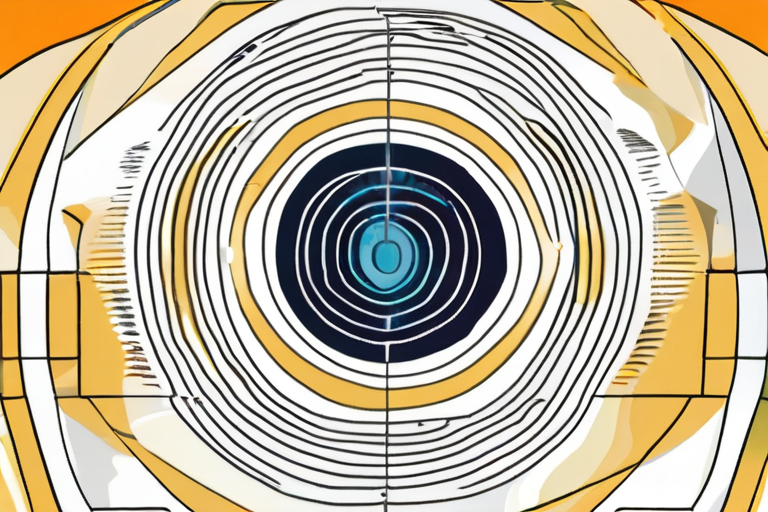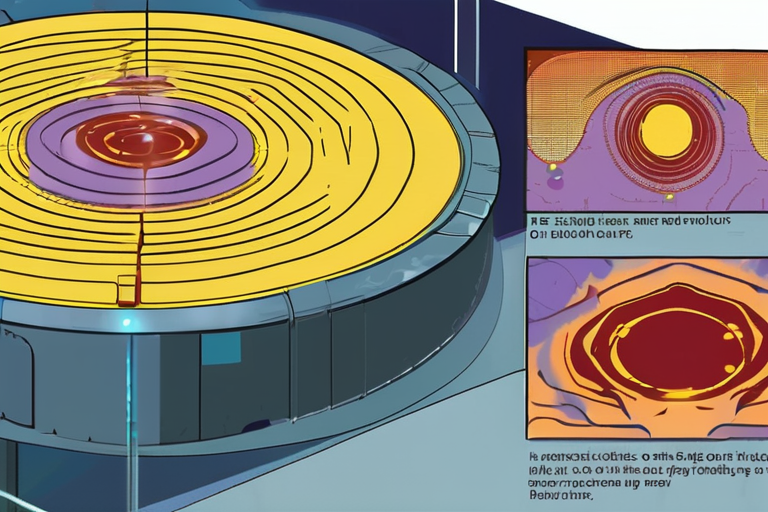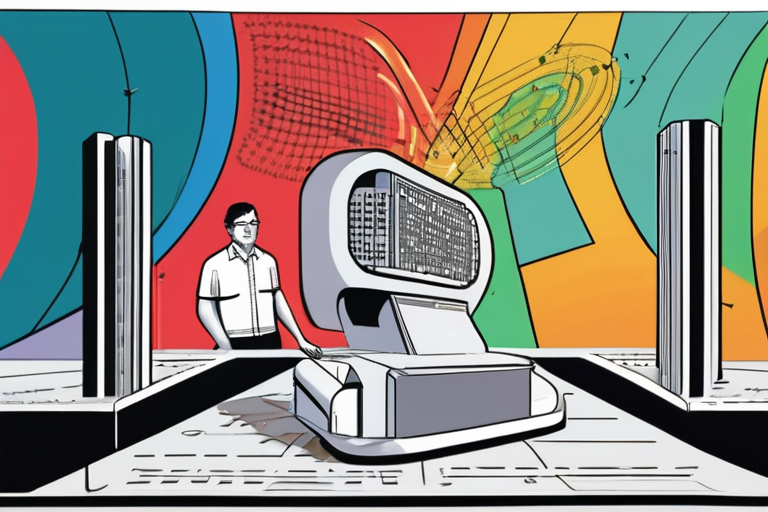Mysterious Streak in Universe's Cosmic Microwave Background Defies Explanation
BERLIN, GERMANY - A long-standing anomaly in the cosmic microwave background (CMB) has left physicists baffled, with a new analysis of data from several radio telescopes only deepening the mystery. According to Lukas Böhme and his collaborators at Bielefeld University in Germany, the CMB's temperature pattern shows an unusual dipole, or axis, along which it transitions from colder to hotter temperatures.
The discovery was made possible by combining data from various radio telescopes, including the Atacama Large Millimeter/submillimeter Array (ALMA) and the Effelsberg 100-m Radio Telescope. Böhme's team found that the size of this dipole does not match up with the standard model of cosmology, leaving scientists wondering what could be causing it.
"This is not a surprise in itself," said Böhme, "but its size is quite unusual." He added that the existence of such a large dipole challenges our current understanding of the universe's structure and evolution. The CMB is the residual heat from the Big Bang, and its uniformity is expected to be consistent across all directions.
Physicists have been studying the CMB for decades, and this anomaly has puzzled them since its discovery in 1998. The standard model of cosmology predicts that our view of the universe should not be exceptional, meaning we shouldn't see any unusual patterns or features in the CMB. However, previous studies have shown that there is indeed an axis along which the CMB temperature varies.
The implications of this finding are significant, as they could challenge our understanding of dark energy and the universe's expansion. Dark energy, a mysterious force driving the acceleration of the universe's expansion, has been a topic of intense research in recent years. The new analysis suggests that our current models may not be accurate, which could have far-reaching consequences for our understanding of the cosmos.
"This anomaly is like a puzzle piece that doesn't fit," said Dr. Maria Rodriguez, a cosmologist at the European Southern Observatory (ESO). "We need to rethink our assumptions and explore new explanations." She added that further research is needed to understand the cause of this anomaly and its implications for our understanding of the universe.
The next step will be to analyze more data from various radio telescopes and space-based observatories, such as the Planck satellite. Scientists hope that by combining these datasets, they can gain a better understanding of the CMB's temperature pattern and shed light on the mysterious dipole.
As researchers continue to study this anomaly, one thing is clear: our understanding of the universe is still evolving, and new discoveries are constantly challenging our current knowledge. The search for answers continues, driven by humanity's innate curiosity about the mysteries of the cosmos.
Background
The cosmic microwave background (CMB) is the residual heat from the Big Bang, which has been traveling towards us since the beginning of time. It is a crucial tool for understanding the universe's evolution and structure. The CMB's uniformity is expected to be consistent across all directions, but previous studies have shown that there is indeed an axis along which its temperature varies.
International Perspectives
The discovery of this anomaly has sparked interest among scientists worldwide. Researchers from various countries are working together to analyze data and understand the implications of this finding. The international collaboration highlights the global nature of scientific research and the importance of sharing knowledge and expertise.
Current Status
The analysis of data from radio telescopes is ongoing, with researchers hoping to gain a better understanding of the CMB's temperature pattern and shed light on the mysterious dipole. Further studies are needed to confirm the findings and explore new explanations for this anomaly.
Next Developments
As more data becomes available, scientists will continue to analyze it using advanced computational techniques and machine learning algorithms. The next step will be to combine datasets from various radio telescopes and space-based observatories to gain a deeper understanding of the CMB's temperature pattern and its implications for our understanding of the universe.
*Reporting by Newscientist.*



 Hoppi
Hoppi

 Hoppi
Hoppi

 Hoppi
Hoppi

 Hoppi
Hoppi

 Hoppi
Hoppi

 Hoppi
Hoppi











